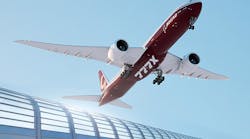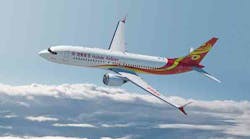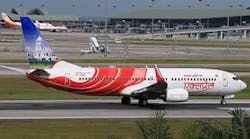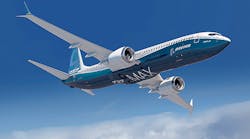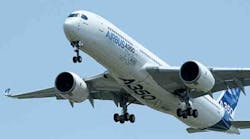Boeing Commercial Airplanes issued the latest in a series of 20-year forecasts for aircraft demand in various regions, and projected that Latin America’s commercial aviation demand would require more than 3,000 new jets by 2034.
"The economies of Latin America and the Caribbean will grow faster than the rest of the world over the long term," stated Van Rex Gallard, BCA’s vice president, sales for Latin America, Africa and Caribbean. "To accommodate that growth, we forecast that the region's fleet will more than double," he said.
Specifically, Boeing pegged the region’s 20-year demand at 3,020 new aircraft, valued at $350 billion. Based on the 20-year forecast for global aircraft demand Boeing issued last summer, projecting a need for 38,050 new jets worldwide through 2034, the Latin American/Caribbean market would comprise 7.9% of the total during that period.
One year ago, Boeing’s primary rival Airbus SAS issued a 20-year outlook for the Latin American region, and projected a cumulative demand worth $292 billion over the period (2014-2033).
By Boeing’s interpretation, the Latin American market’s expansion is driven by factors beyond economic growth. Gallard pointed to “rising incomes and new airline business models that give more people access to travel,” which is driving a 6% annual growth rate in passenger traffic in the region, higher than the global rate.
This detail explains Boeing’s prediction that 83% of the new jets to be required over the 20-year period will be single-aisle aircraft, such as its own 737 and 787 Dreamliner models.
The forecast sees 340 new wide-body aircraft (e.g., the Boeing 777 series) being supplied through 2034, as regional airlines compete more effectively on routes currently dominated by foreign carriers.
Boeing noted that the average age of aircraft serving the Latin American/Caribbean market has been reduced from more than 15 years to less than 10 years since 2005 – which makes it one of the newest fleets of any regional market. “The region has been in a steady replacement cycle since the mid-2000s and that trend will continue as nearly 60% of the current fleet is replaced over the next two decades,” Boeing noted.
